The unquestionable impacts of climate change are affecting the places where you hunt and fish
A new report from the United Nations’ Intergovernmental Panel on Climate Change (IPCC) says that climate change is already affecting every inhabited region across the globe. This leaves no question that fish and wildlife habitat in the U.S. is experiencing impacts.
This should come as no surprise to the hunting and fishing community that has long been on the front lines of climate change and working to adapt to the effects. Extreme drought, sea-level rise, flooding, and catastrophic fire are climate-driven events that have increasingly become a part of our daily lives and threaten our hunting and fishing heritage.
Warming temperatures and drought in the Prairie Pothole Region and other waterfowl habitats have dried up wetlands and shortened wet seasons. Sea levels continue to rise, displacing critical marshlands along with fish spawning grounds. Largescale flooding and record-high king tides have caused saltwater to move into lakes and rivers, increasing salinity and decreasing freshwater trout and salmon populations. Meanwhile, big game like deer and elk are experiencing concurrent heatwaves, drought, and fire conditions, further challenging migration and altering seasonal habitat.
The IPCC’s reports provide governments with the objective scientific information needed to develop climate policies. The data in this assessment—the sixth overall and the first since 2014—made it clear that quick and dramatic actions are required at national, state, and local levels to limit carbon dioxide and other greenhouse gas emissions.
Truly comprehensive climate legislation must address this and include expanded roles for our nation’s water- and land-based systems that could mitigate at least 20 percent of our carbon emissions. The Senate recently passed the bipartisan Infrastructure Investment and Jobs Act, which represents a significant investment in infrastructure. The TRCP advocated for several critical provisions in the legislation that will improve habitat through nature-based solutions.
The IPCC will release two more reports in 2022 to further expand on the data and offer adaptation and mitigation recommendations, but we can’t afford to hesitate. The TRCP is already leading a coalition of 40 other hunting, fishing, and conservation nonprofits to advance land- and water-based climate solutions that mitigate the impacts of climate change and in improve habitat along the way. In July 2020, the coalition released the Sportsmen & Sportswomen Climate Statement centered around seven focus areas: adaptation; agriculture; coastal resilience; forests, rangeland, and grassland; rivers, lakes, and streams; oceans; and wetlands. Many of the solutions we’ve identified for climate are conservation projects that also provide better hunting and fishing opportunities.
Stay up to date with the TRCP as we track legislation that would help improve habitat, limit harmful emissions, and capture or sequester carbon to combat climate change. And if your hunting or fishing has been affected by climate change, tell us how.

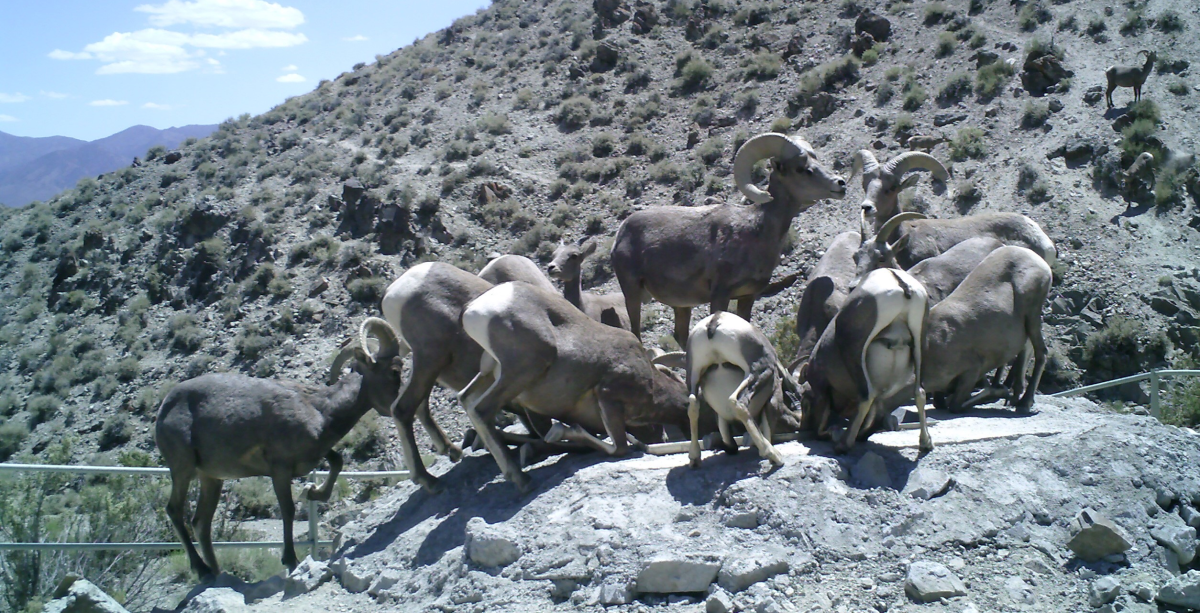
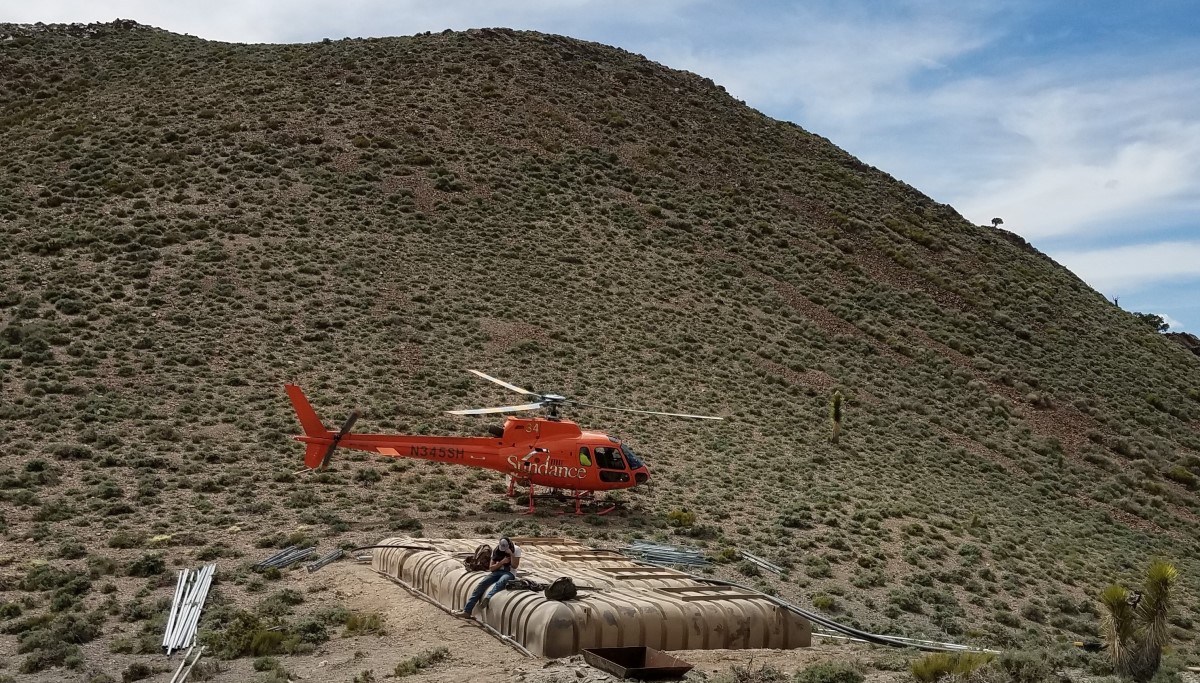
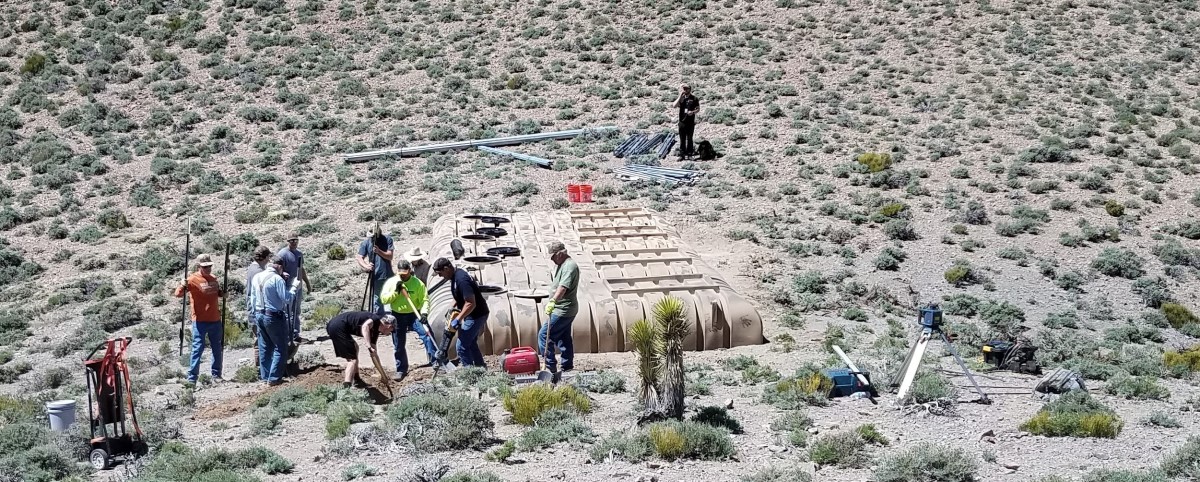
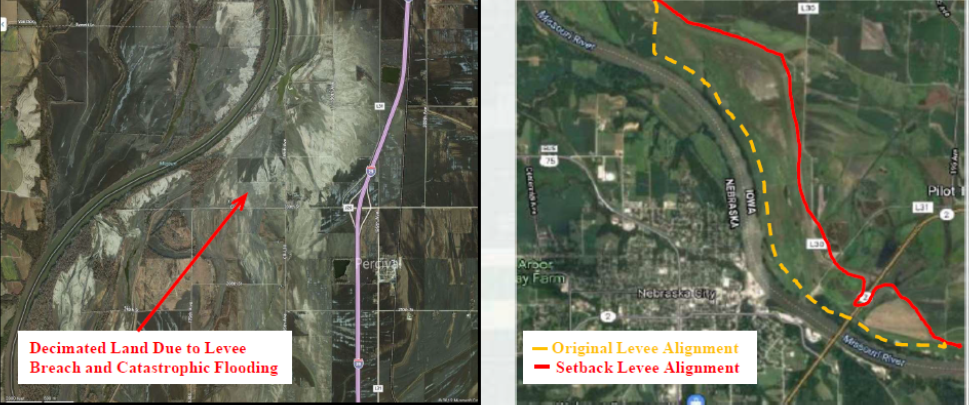
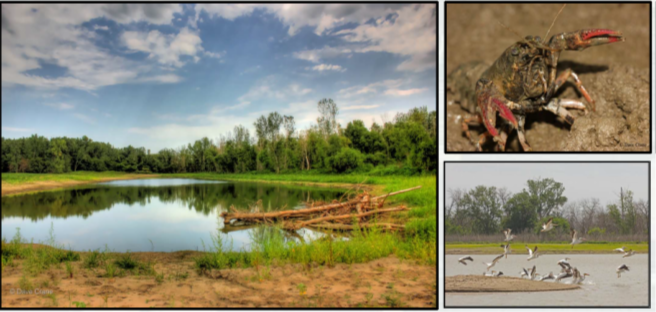
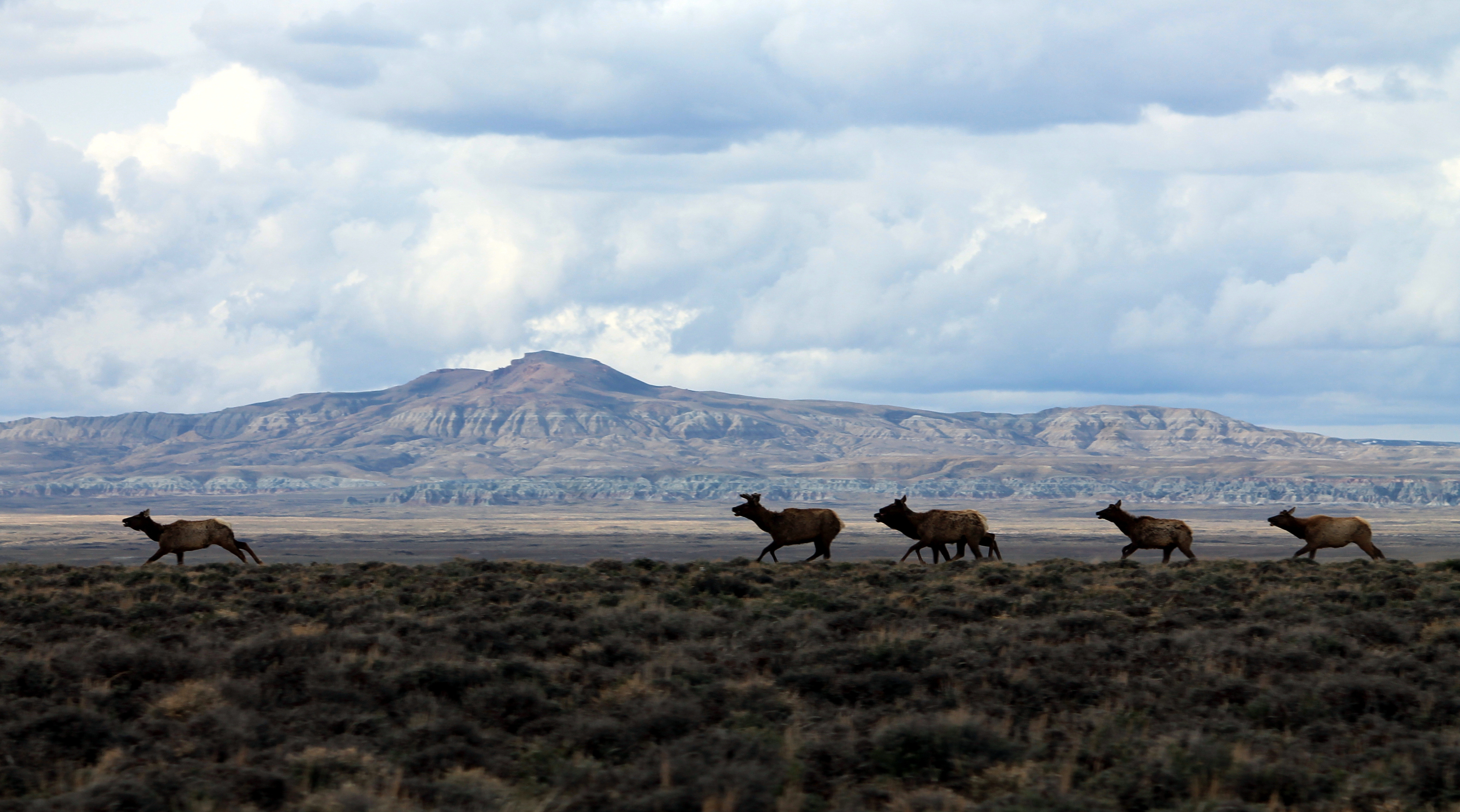
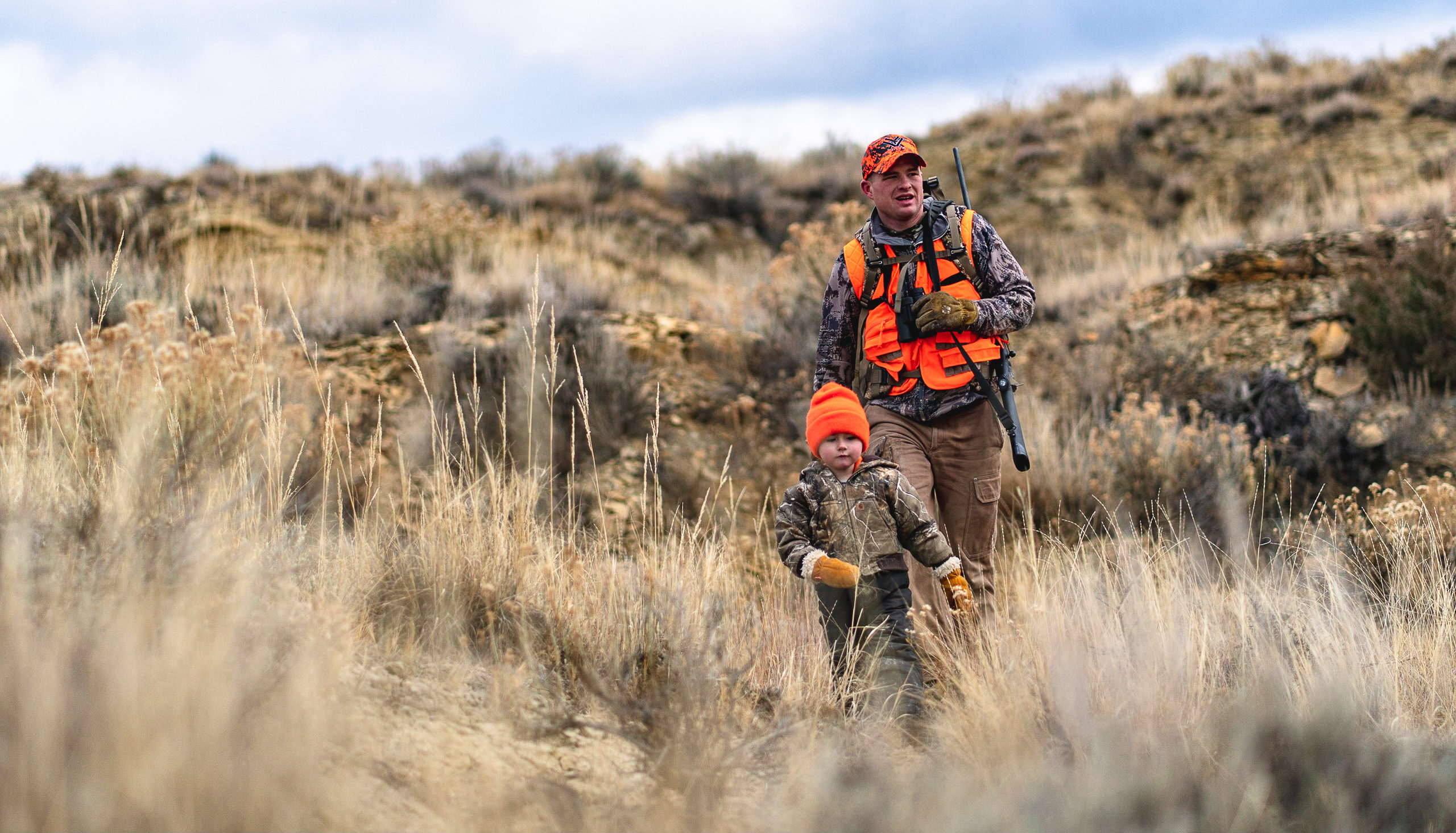
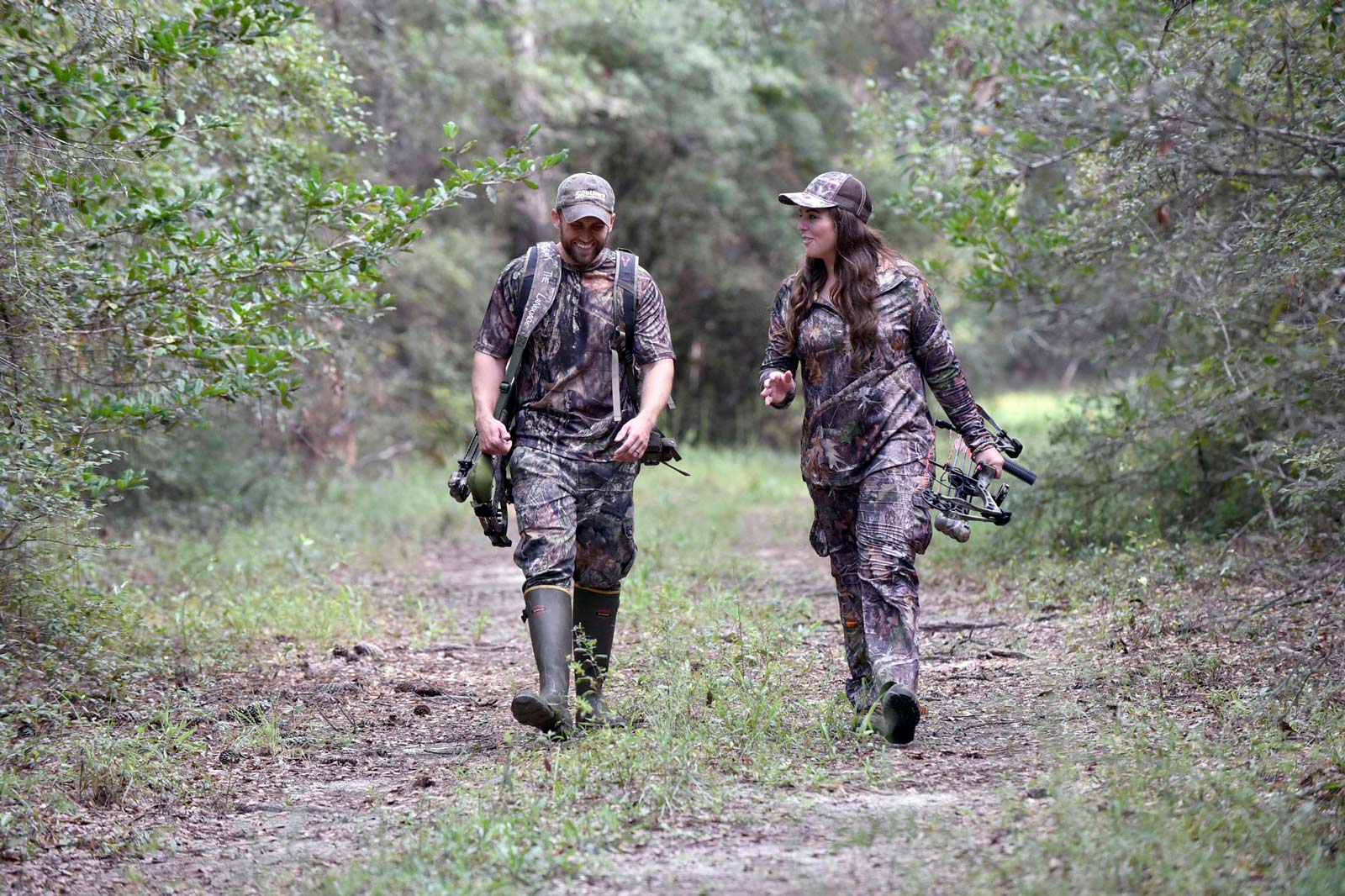
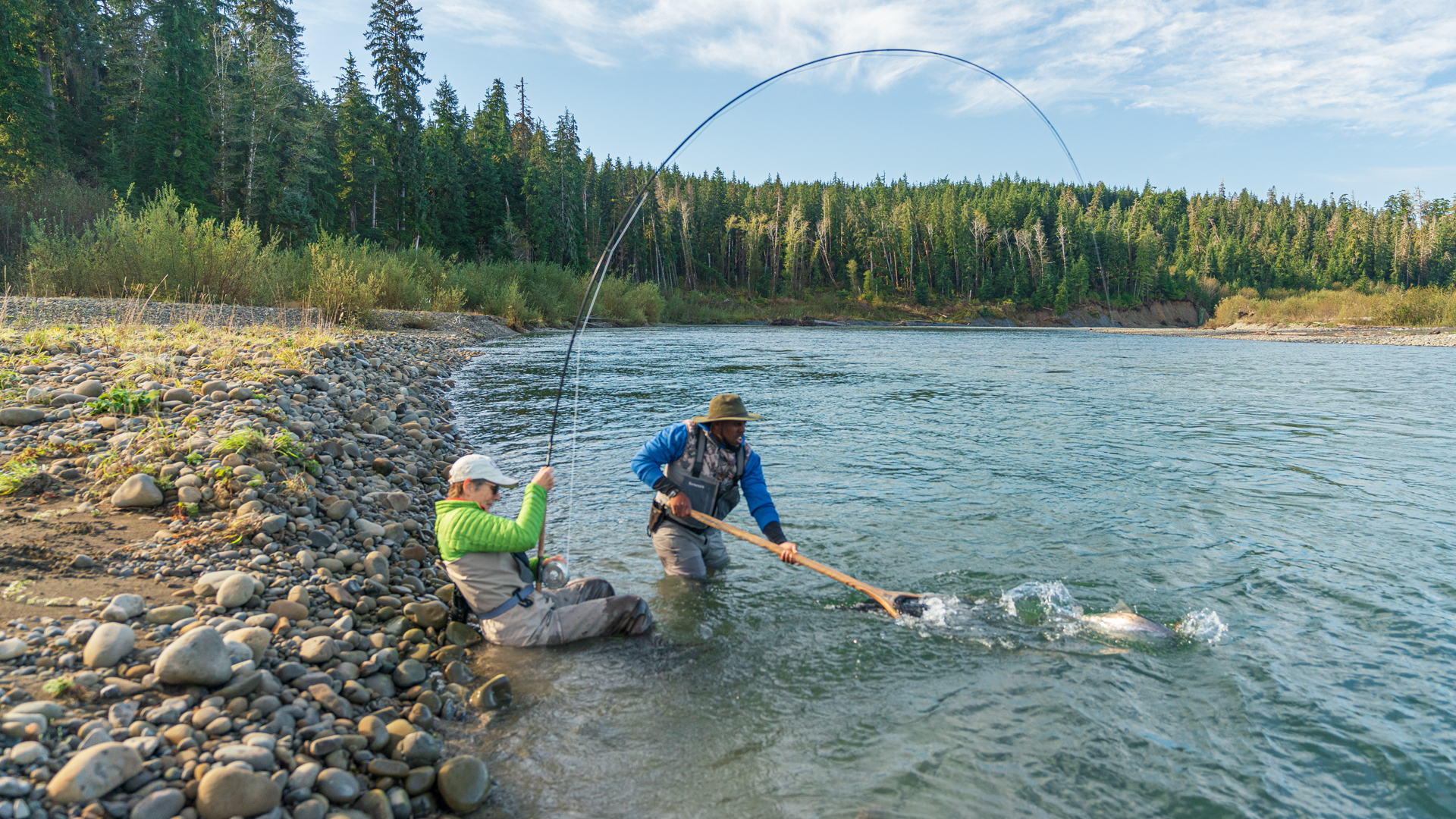




fact check your prairie pothole info. Ducks are hatching but for the last 3 years they’ve not come as far south because of the warmer weather up north and the water and food available north of typical southern climes. I have been a duck hunter for 56 years.
New report from (IPCC)..ha that’s funny. I hunted the duck factory (ND) last fall, frigid temps in October. One of the best fall flights–both from breeding numbers and migration, on record. Junk science reigns supreme here. If one is really concerned about a cleaner planet why don’t you stop supporting China, the world’s largest polluter and pillager of our oceans. Might have to give up your ipad, iphone, iwatch though. Can’t do that.
In response to comment by M. C. H…I’m not sure about your term “junk science” but with regards to your statement “why don’t you stop supporting China” WAKE UP!!! Yes China is a major polluter, so is the good old USA. As for your statement about your frigid October temps last year, great, hoped you enjoyed it. I’m also a waterfowl hunter (from Alabama) been dodging snakes in the duck swamps for decades. It ain’t fun sitting down in a blind with a water moccasin, but I’ve done it. Point is, if we felt it was cool enough to go we went. On the cold days, we stayed as long as we could stand it. Don’t go much anymore. To warm. Point is, it’s NOT junk science, it’s climate change. It’s a world wide problem. If you don’t get that, you must not be paying attention. Or maybe you’re getting your news from the wrong folks. Stay tuned to the TRCP, they’re on top of it.
China? Really? Sensing a bias and excessive watching of a certain news syndicate. Research is primary to honest responses to today’s insane weather patterns. Our planet needs to response but in an intelligent way not irrational politics. Surprised our boarder situation didn’t come up for you.
That was last year. I live in ND and I’m telling you the drought has had a major impact on wetlands and waterfowl. We own land with wetlands that are dry for the first time in 20 years. Duck production has tanked. I hunted last year, it was great. This year is going to suck. This article is spot on!!
Michael C.Pope,
It’s not junk science. You’re confusing climate and weather. There are observable weather events that add up to a “climate” for a given region. I’ve traveled from the southern U.S. to Alaska, and many places in between. No matter where I spend time, record setting weather events are occurring.
Looking at the science, is more than a one duck-hunting season. At almost 60 years of age, I’ve watched this change and many of my favorite trout streams, or caribou grounds have declined in health and diversity.
There is much more science to this than I can convey, as I’m not a scientist, but follow climate, weather, and am in the field as both a hunter/angler and citizen scientist, for Oregon’s fish and wildlife agency, and have worked in conservation.
I hope in your lifetime, you don’t witness the substantial declines in fish and wildlife I have.
@Karl. First thanks for the civil discourse. I’m not confusing climate and weather. Simply stating that if the Earth is a fraction of the age “scientists” claim it is then there isn’t sufficient data to back claims of climate change. Think back to your junior high school days learning the scientific method. How long have we been accurately recording the temperatures across the globe? Not too long and certainly not long enough for these claims. Scientists also claimed an ice age was coming. Still waiting on that one. Since we are only several years apart it is probably safe to say that we have witnessed the same or similar trends of fish and wildlife. I have witnessed the return of Bald Eagles, Turkeys, and White Tail Deer. If the “climate” is effecting these things, is it good or bad or which species due we decide to side with?
Faction of the age? Again that plain and clear reference to Fox Facts———seeing a trend here Mike. Not to criticize, more to help out. As to duck hunting, drawing conclusions from experiences on a small part of a flyway do not make for policy decisions but do point out taking too narrow a viewpoint in err. I hunted in the boom times 1960’s 1970’s and saw both cycles and trends change season by season. I was a hunt most days of our seasons type hunter then.
The evidence of climate change has been recorded over billions of year locked away in fossils and rocks. From changing O2 levels to CO2, temperatures, seas rising and falling. We as man have been physically recording the temperatures for over 200 years along with natural observations. Global temperatures are rising and that is proven scientific fact. They have risen faster in the last 150 years than at any other time in geological history! The evidence is declining glaciers and sea ice. Alpine meadows disappearing along with their species, shell fish and coral decimation due to rising sea temperatures, increased CO2 dumping and acidification of oceans. I have seen the evidence! I challenge you to prove otherwise! Check Glacier National Park! Check the Great Barrier Reef! Check Greenland!
Just so you know …. it is or should be proven fact…..we just can’t fix stupid!
Climate change is real and happening all over the world!!!!! I believe in science not these idiots spewing nonsense all over the internet.
This is only going to get worse and worse if we don’t address it. Short term positives are going to be crushed by long term impacts that won’t have an easy or simple fix. We all can help if we are willing to do our part.
I know at our fish camp off the Pascagoula River, we have seen fewer and fewer fiddler crabs over the last 20 years, for what it’s worth.
This will only get worse if you don’t start to fix it now.
It is apparent that hunters and anglers are boots-on-the-ground citizen scientists recording observations about wildlife populations and environmental conditions. Respectfully, interpretations based on these observations cannot be judged right or wrong regarding climate change. The controversy associated with climate change is its scapegoating feature so that everything under the sun is blamed on climate change, and this scapegoating makes for bad science. These citizen scientist observations need to be incorporated into the climate change research discussions, and monitoring programs need to be developed in order to better understand how and if these observations can be correlated to climate change.